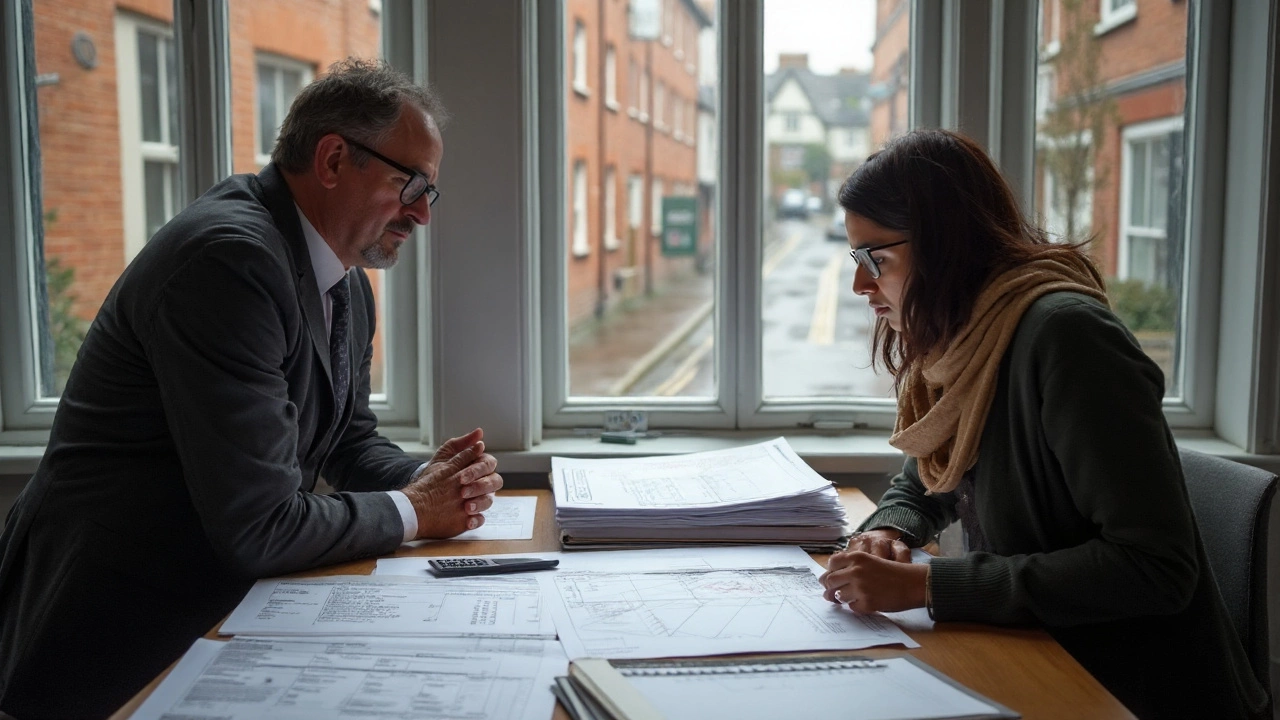Future Homes Standard 2025 – Your Quick Guide
England is tightening the rules on new homes. From 2025 every fresh build must meet the Future Homes Standard, which pushes carbon emissions down dramatically. If you’re buying, building or even just dreaming about a house, you’ll feel the impact. Below we break down the big changes and give you clear steps to stay ahead.
Key Changes to Expect
The new standard sets a 75 % cut in carbon emissions compared with today’s average new home. In plain terms, houses will need better insulation, airtight construction and low‑carbon heating. Most developers will swap out traditional gas boilers for heat pumps or hybrid systems. Walls and roofs will get thicker or use advanced materials like insulated panels. Windows will have higher performance glazing, and renewable energy – solar panels or micro‑wind – will become a normal part of the design.
Another practical shift is the requirement for a Zero‑Carbon Ready rating. That means a home must be able to run on renewable energy without major upgrades later on. The rule also pushes for smart‑tech integration, so you’ll find thermostats that learn your habits and energy‑monitoring dashboards in new builds.
All this sounds technical, but the goal is simple: reduce the heat‑pump bills, cut fuel poverty and help the UK hit its net‑zero target. The standard also opens the door for better indoor air quality because airtight houses need controlled ventilation – a win for health.
How to Get Ready for the New Rules
First, talk to your architect or builder. Ask them how they plan to meet the 75 % cut – which insulation methods, which heating system, and how they’ll guarantee airtightness. A good builder will show you a carbon‑performance calculation before they start.
If you’re buying a newly built home, request the Future Homes Standard compliance certificate. It’s a short document that spells out the energy performance, the type of heating and any renewable tech installed. Knowing this helps you compare properties and avoid surprise upgrade costs later.
For those who already own a home, the upcoming standard is a useful benchmark. You can start retrofitting now: add loft insulation, seal drafts around doors and windows, and consider a heat‑pump upgrade if you’re on a gas boiler. Even small steps cut emissions and prepare you for future regulations.
Finally, keep an eye on government grants. Since the goal is to move the market fast, the UK often adds financial incentives for heat‑pump installations or solar panels. A quick check on the official website can save you a few hundred pounds.
Bottom line: the Future Homes Standard 2025 is about making new houses greener, cheaper to run and healthier to live in. By asking the right questions now, you’ll avoid hidden costs and enjoy a home that’s ready for the low‑carbon future.
Eco-Friendly Home Limits in the UK (2025): Planning, Costs, and Trade-offs
Real limits to building green in 2025 UK: planning rules, costs, grid, materials, skills, and climate. Practical fixes, costs, and checklists you can use now.
